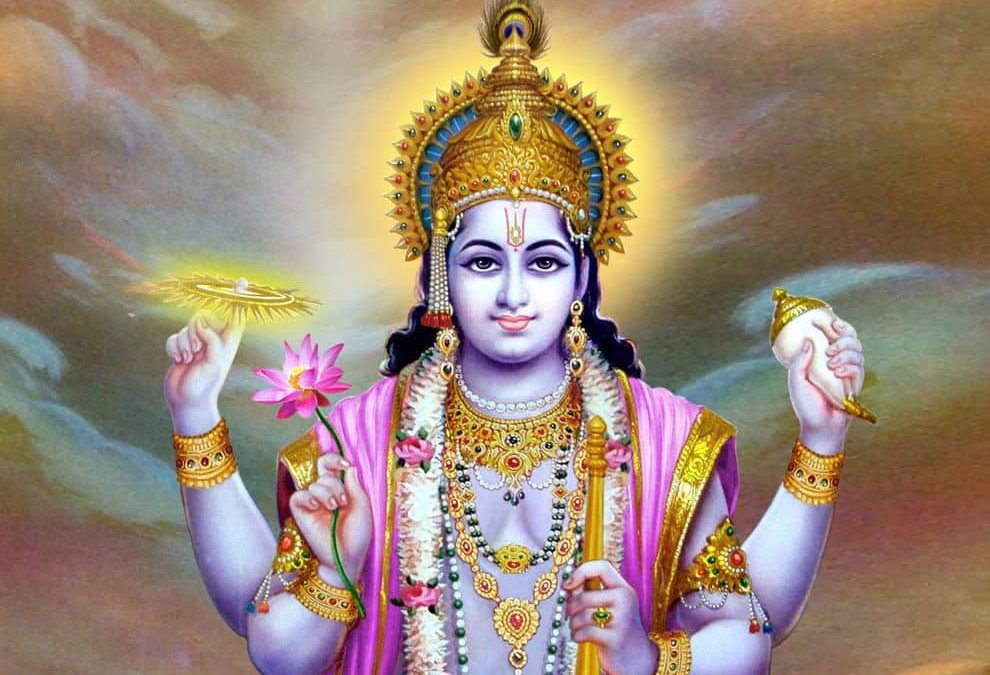Diving into the Divine: The Many Layers of Lord Vishnu
"Explore the significance of Lord Vishnu in Hinduism, his avatars, teachings, and role as the preserver and protector of the universe."

In the grand tapestry of Hindu mythology, Lord Vishnu holds a position of paramount importance as the preserver of the universe. He is one of the three main deities of Hinduism, known as the Trimurti, which includes Brahma the creator, Vishnu the preserver, and Shiva the destroyer. As the preserver, Vishnu's role is to maintain balance and order in the universe, and to ensure its continuance.
Vishnu is often depicted in a meditative stance, signifying peace and balance, with four arms representing his omnipresence and omnipotence. In each hand, he holds a different symbol, each bearing a unique significance. The conch shell, or 'shankha', represents the primal sound of creation; the discus or 'chakra' symbolizes the mind; the lotus flower, or 'padma', signifies beauty and the unfolding of creation; and the mace, or 'gada', represents primal knowledge.
One of the most unique aspects of Lord Vishnu is his 'Dashavatara' or 'ten avatars'. These are incarnations Vishnu takes to restore cosmic order. These avatars range from the fish 'Matsya', taken to save the first man from a great deluge, to the warrior-prince 'Rama', and the divine cowherd 'Krishna'. Each avatar represents a specific era and carries a unique narrative, exploring different facets of life and the human experience.
The philosophies surrounding Lord Vishnu and his avatars offer profound insights into the dynamic nature of life and the universe. They teach us about duty, righteousness, and the need for balance in our lives. Whether one is a follower of Hinduism or not, there's a lot to learn from the narratives and iconography related to Lord Vishnu.
